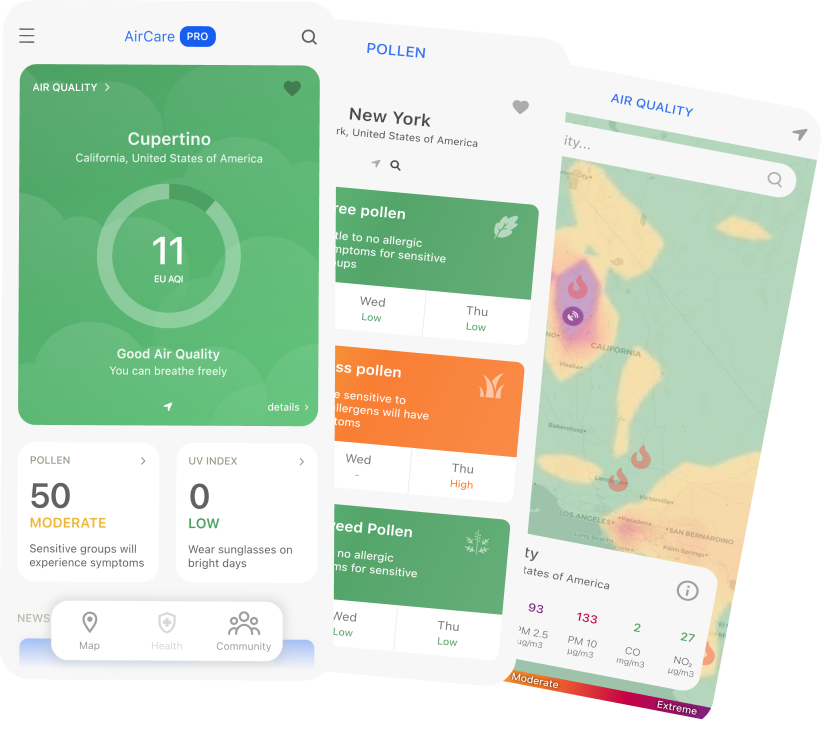One way to help tackle climate change and contribute to nature conservation is to use sustainable transportation. But, what does that mean?
The term ‘sustainable transport’ refers to transportation systems that are consistent with broader sustainability concerns. It encompasses reducing the short- and long-term effects of transportation elements on the environment, economy, resources, and society as a whole.

Public transport is incredibly sustainable when compared to driving cars, even more so if it uses hybrid or electric energy. Some other great examples of sustainable transportation include walking, cycling, green automobiles, and carpooling.
However, according to statistics, cars are still the most popular mode of transportation among Americans. 76% of Americans use their car to move between home and work. Meanwhile, only 11% of the participants in Statista’s Global Consumer Survey said that they use public transportation, while 10% ride a bike.
Understanding the benefits of sustainable transportation might encourage you to use it. Whether it’s for yourself, your community, or our planet, sustainable mobility is the better option. Below, we’re going to take a look at some of its advantages.
1. Helps Save the Environment
According to the Inventory of US Greenhouse Gas Emissions and Sinks 1990-2020, transportation accounted for the largest portion (27%) of total US greenhouse gas emissions in 2020.
Non-motorized methods of transportation, such as walking and cycling, have no environmental impact. They don’t produce greenhouse gases, pollute the air, or utilize energy. On the other hand, public transportation is much better for the environment than single-occupancy vehicles.
2. Promotes Health
Sustainable transportation promotes people’s health by reducing air pollution. Exhaust gases emit harmful particles, which increase the risk of respiratory and heart diseases.
According to the latest University of Chicago Air Quality Life Index, more than 92% of Americans live in an area with unsafe air pollution. Pollution levels would drop dramatically if more people took public transit, helping them improve their health and live longer.
Additionally, sustainable transportation improves people’s well-being. Walking and cycling are great ways to maintain a healthy lifestyle and get some exercise in your daily routine.
3. Saves Money
Maintaining a car is expensive. Registration, insurance, and emissions tests are all fees that you need to pay. Moreover, there are ongoing routine costs such as repays and replacement parts.
Traveling by bus or rail is a lot cheaper than buying petrol for a private vehicle, and you don’t have any parking expenses to cover.
4. Creates Less Congestion
Imagine how much space 30 single-occupancy vehicles take when compared to the same number of people traveling on a single bus. When more space is occupied by vehicles, traffic becomes slower.
As a result, congestion happens more and more, roadway stress is increased, and people need more time to get to their destinations.
5. Creates Jobs
Building sustainable transportation often results in creating more jobs. Developing greener alternatives to diesel-fueled vehicles, building infrastructure to support public transit, and maintaining these transportation methods provide job openings, which are much needed in high-unemployment communities.
6. Provides Safer Transportation
According to several studies, the rate of death is higher for travel in cars than that on public transport. For instance, in the US, the fatality rate for car occupants was concluded to be 23 times higher than those for bus occupants. Public transport is a relatively secure (low crime risk) and safe (low crash risk) mode of transport.
By being part of sustainable transportation, you play a role in reducing air pollution in your community. By how much, you ask? Download AirCare – our free mobile app and keep tabs on real-time air quality around you.





